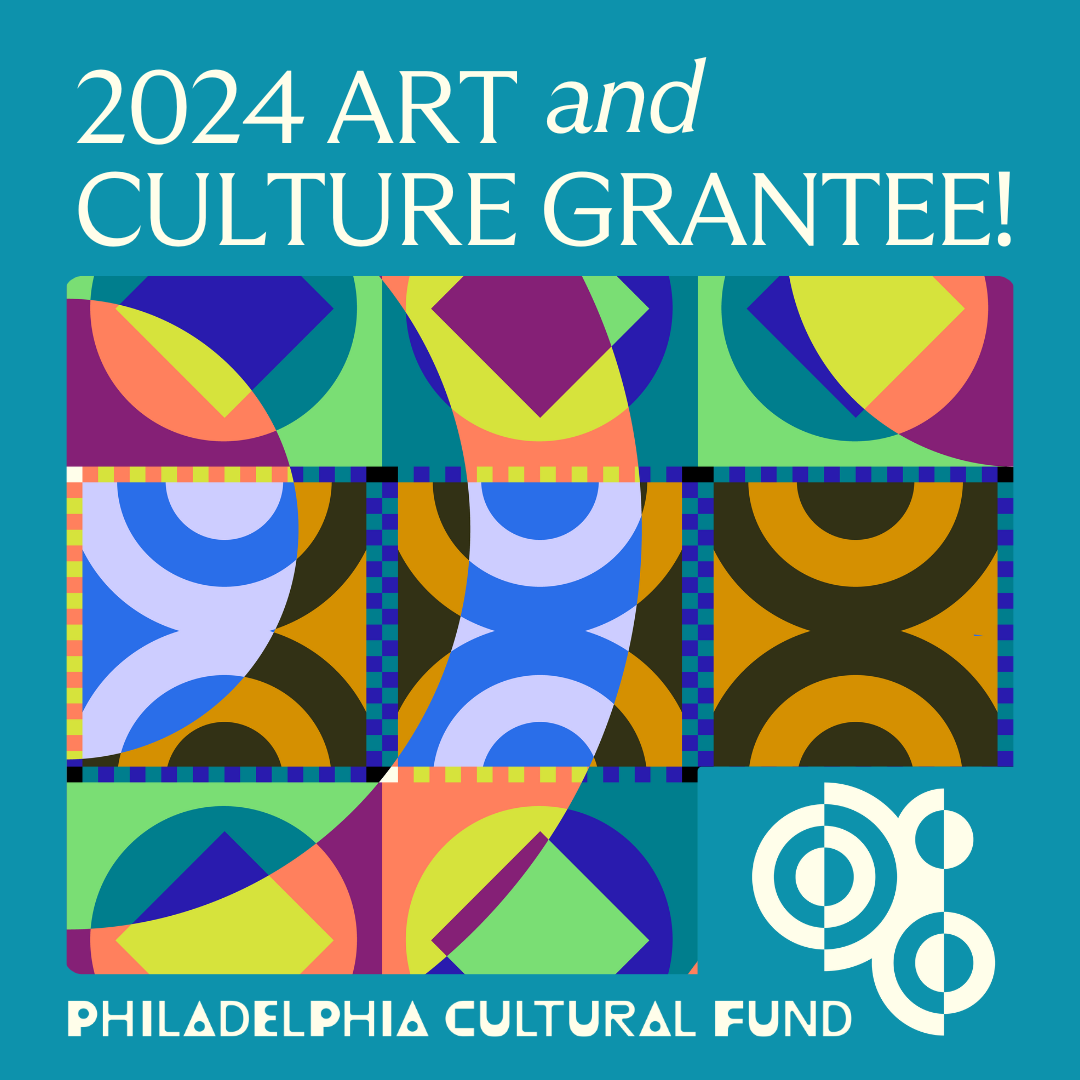Philadelphia’s Chinatown is well known for their busy streets, restaurants, and unique markets but how did it get there? Join us on a journey to uncover Chinatown’s history, view the impacts of Philadelphia’s development, and struggles the community faced as they carved their place into Philadelphia.
Archives: Walking Tours
Golden Age of Retail
Walk the very streets that millions walked during Philadelphia’s heyday as a mercantile mecca. The tour will cover the rise and fall of Philadelphia’s great department and specialty stores from Wanamaker’s humble beginnings in 1861 to the closing of Strawbridge and Clothier in 2006, and all of the glory days in between.
Around Washington Square
Walk around one of William Penn’s original planned public parks. Learn how this square served as a burial ground for over 1,200 Revolutionary War soldiers, then as a potter’s field before receiving its present name in 1825. See The Athenaeum, the first Italian Renaissance building in the US, and learn how the Square became home
Society Hill Sacred Sites
Due to its Quaker origins, Philadelphia has long been hospitable to worshipers of many faiths. See history come to life when visiting reclusive St. Joseph’s Roman Catholic Church, classical Old Pine Street Presbyterian Church, Romanesque Revival Mother Bethel Church, Georgian St. Peter’s Church, and Gothic Revival St. Mary’s Church.
Littlest Streets Fitler Square
Experience yet another intimate neighborhood within Center City, just southwest of Rittenhouse Square west of Broad Street. Learn about the early Irish settlers and other immigrants who first settled here and about their industrial ties to the nearby Schuylkill River.
Queen Village
Explore this worker’s neighborhood and be amazed by its history because it predates William Penn. Queen Village was developed in the 1630s, first as a Dutch settlement, later becoming home to a large influx of Swedish settlers. Visit one of the few remaining 17th century structures in Philadelphia today, Gloria Dei Church.
Classical Philadelphia
Discover the Philadelphia known as “The Athens of America” in the early 19th century. Hear about some of this country’s greatest neo-classical architects and learn why they turned to ancient Greece for inspiration in designing buildings for the new American democracy. Significant highlights include the Second Bank of the US and the Merchant’s Exchange, both
Chestnut Hill
Take a leisurely stroll through this bucolic “Garden City” neighborhood, a suburban setting within the city limits. Learn how the Pennsylvania Railroad extension to this area, spearheaded by Henry Howard Houston in the 1880s, created this style-conscious development and later, with his son-in-law, George Woodward, continued it into the 1920s. Explore this haven of late
Jewish Immigrant Philadelphia
Relive the Philadelphia experience of Eastern European Jews who settled, at the turn of the 20th century, in the area from 2nd to 6th Streets and Spruce Street south to Christian Street. Explore their synagogues and homes and learn about their thriving marketplaces that became prominent businesses.
Fishtown
Situated to the northeast of Center City, Fishtown figured prominently in Philadelphia’s great industrial age of the late 19th/early 20th century when it was developed to house many of the workers who were employed by the major industries that built factories in this part of the city. Discover how Fishtown’s residences are going through restoration
